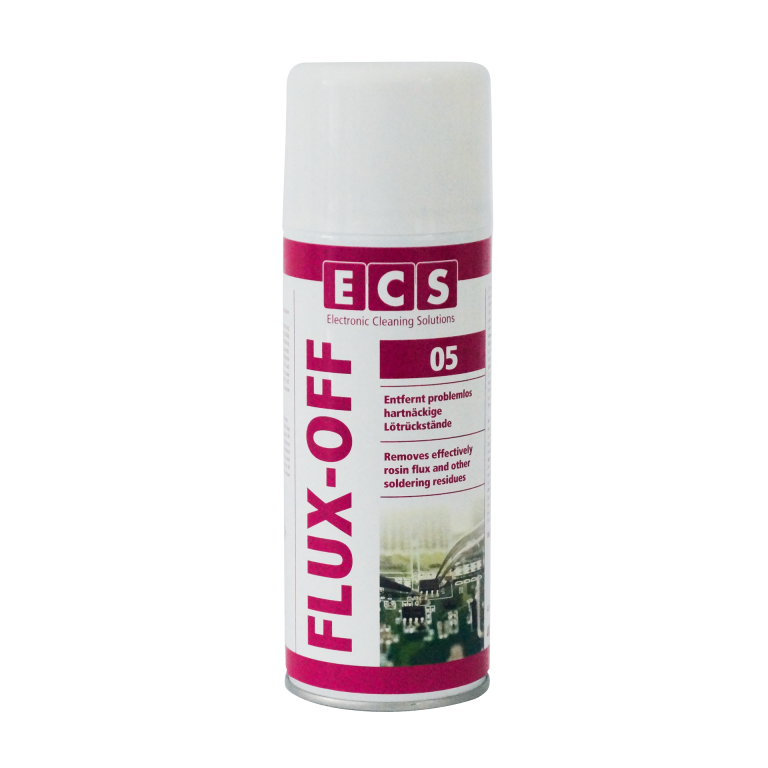
Therefore, acid fluxes are not recommended for electrical and electronic work. Acid based fluxes dissolve small wires over time, and their residues are conductive. Those properties make it very effective, and thus popular with modellers. Some manufacturers include a warning regarding flux, and may not honour a warranty return if any flux was used during installation.Īcid fluxes used in plumbing and automotive applications are very aggressive, often containing hydrochloric or other acids. It's really meant for plumbing.Ī major decoder manufacturer stated the most common cause of decoder failures is Acid Flux. This is not the flux for electrical work. These aggressive fluxes are meant application with a brush to plumbing, steel, and other materials normally not used in electronics, and at higher soldering temperatures such as with a torch. The flux is acidic and not recommended for electrical work. If in doubt ask for and read the Material Data Sheet. With the close spacing of modern electronic devices, the remaining flux residue will become conductive and have multiple paths for current to flow. Acid flux residues become conductive in time. There is no way to clean or neutralize the flux in this instance. The flux will wick into the bundle of wires and travel away from the joint. This is especially true for stranded wire. The flux can never be completely removed nor neutralized by cleaning. These solders, as well as acidic fluxes, are not recommended for use with electrical or electronic applications. TIX is marketed to gold and silversmiths for soldering jewelry.īe aware that many solder preparations are available which contain acids. Tix contains zinc chloride, which is inappropriate for electrical work. Another culprit often praised online is the TIX brand flux. Why? Many modellers refuse to take advice and apply an acid flux, such as that from the tins conveniently found in the plumbing section of hardware stores. Many decoder manufacturers include a warning explicitly instructing the decoder installer not to apply any flux during soldering. Flux should be cleaned off after soldering a joint. Several types of non-corrosive flux are used in soldering electronics.


Some fluxes are corrosive, so the parts have to be cleaned with a damp sponge or other absorbent material after soldering to prevent damage later. Facilitates amalgamation, which improves the wetting characteristics of the liquid solder.Flux blocks oxygen preventing further oxidation, and.Flux removes oxides from the surfaces to be soldered,.

In soldering, flux serves a threefold purpose:


 0 kommentar(er)
0 kommentar(er)
